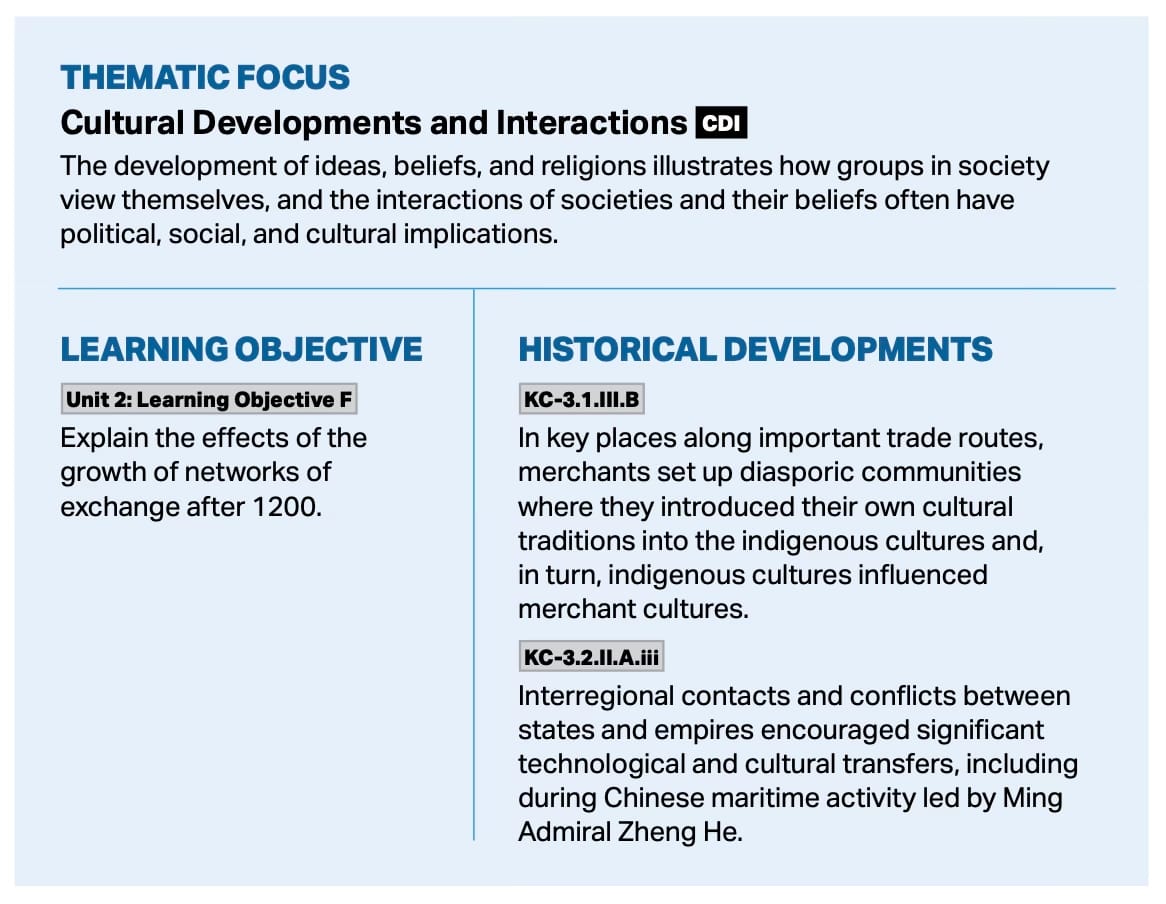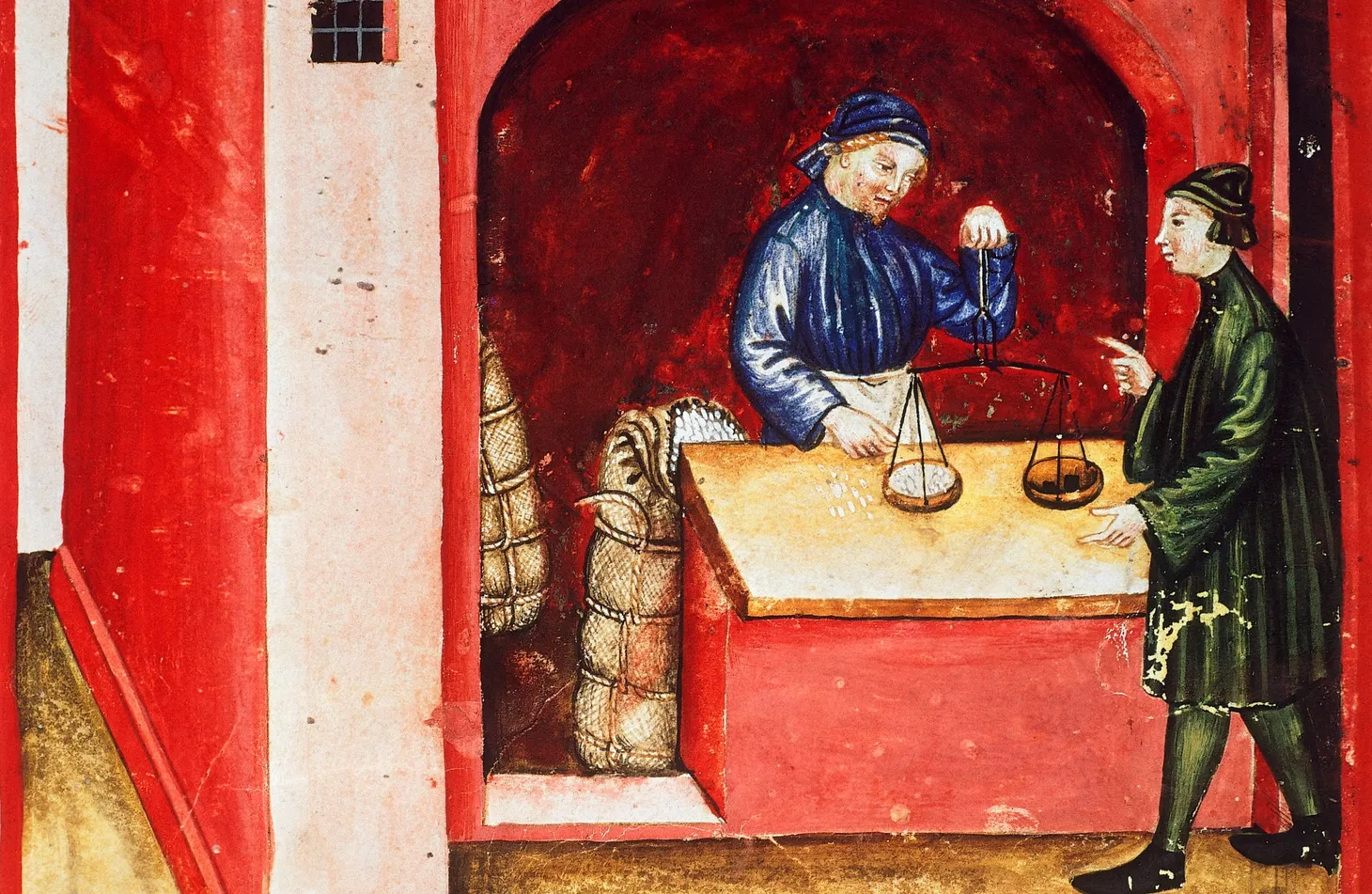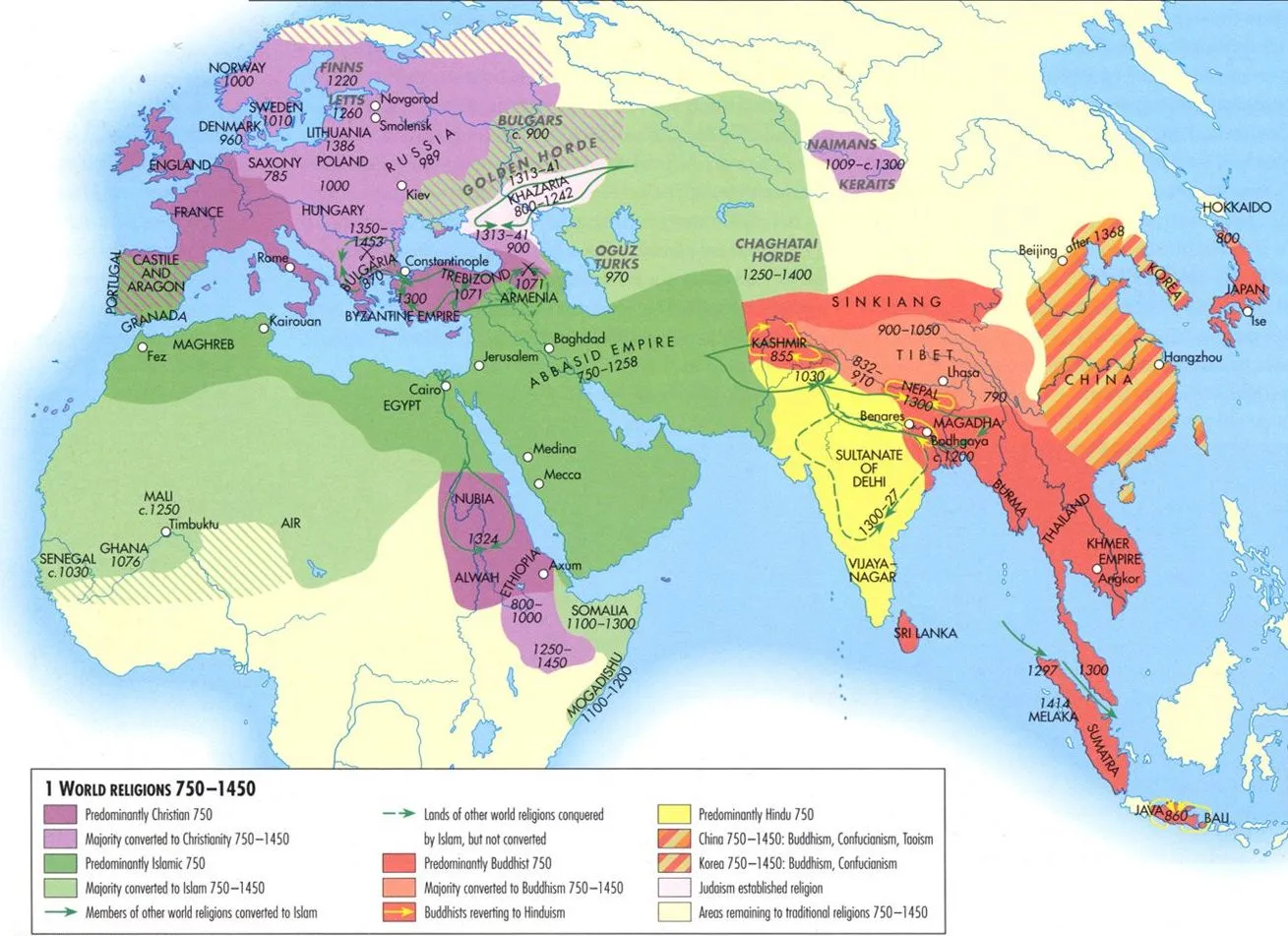“Merchants Came to Malabar”: Diasporic Communities in the Indian Ocean
Teaching diaspora communities in the Indian Ocean


Because of the monsoons, traders easily sailed across the Indian Ocean. The monsoons also meant that traders needed to wait a few months before the winds and currents shifted, so many settled in entrepôts around the Indian Ocean. In a recent post on Melaka, I wrote about the many people who had settled in the town. We can also see a similar process along the Malabar coast in southern India. Sebastian Prager discussed the settlement of Arabs in Monsoon Islam: Trade and Faith on the Medieval Malabar Coast.
The Source
This Content is for Subscribers on the Buy Me Lunch and Buy Me Dinner tiers
SubscribeAlready have an account? Log in



